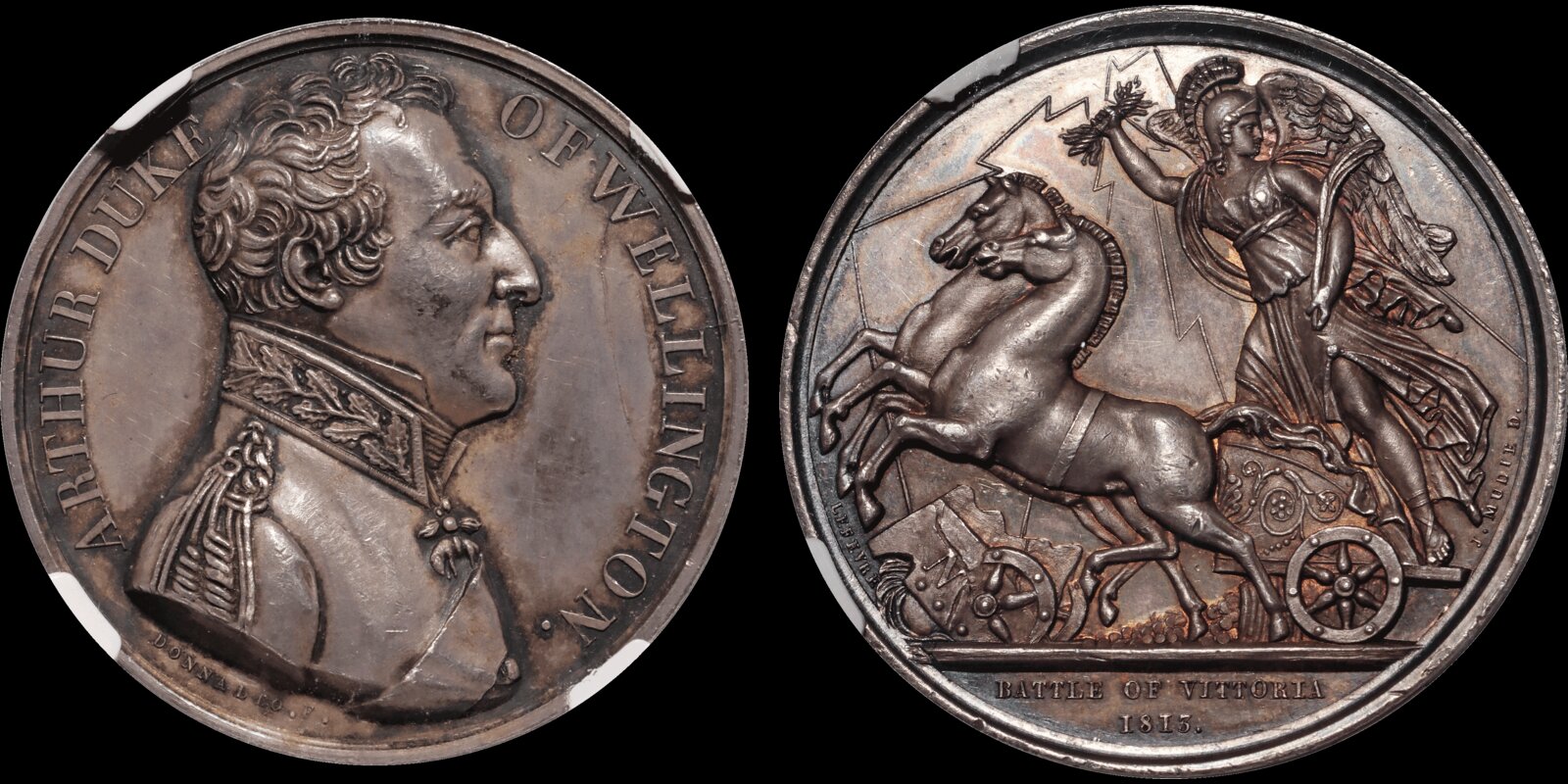How Bidding Works
Davissons Ltd uses a soft close for its auctions, which means no lot closes until everyone is done bidding. Every time a bid is placed within the final 40 seconds of a lot closing, the timer is reset to 40 seconds. This continues until no bids are placed for 40 seconds, at which point the lot closes. There will never be more than one lot closing at once, as the next lot is not allowed to begin closing until the current lot closes.
To bid: enter your maximum bid into the text box, and click submit. Only round dollar amounts are accepted. You are then required to confirm your bid. Once confirmed, all bids are final. If you have placed a bid in error you must call during office hours and speak to one of us. If you are the current high bidder then it will display “Current High Bidder: YOU” If you are not the high bidder, or if you are not logged in, then the current high bidder will be identified by their 5 digit client ID. You may find your client ID under the Account tab.
Bids are reduced automatically, so feel free to bid your maximum and it will be reduced to one increment over the current high bid. If a user places a bid that is higher than necessary to be the current high bidder on the lot, the displayed bid will reflect one advance over the next lower bid. For example, if a user "A" places a bid of $120 on a lot which opens at $100, "A" will be winning that lot at $100. If another user "B" bids $110, the winning bidder will be "A" at $120, one advance over the supporting bid of $110. If user "B" in this example instead placed a bid at $120, then user "A" will still be winning at $120 because they placed that maximum bid value first.
Increments can be viewed here. The next bid will always be on the next increment, so if a user is winning a lot at $100, or $105, or $109, the next bid will still always be $110.
Close

